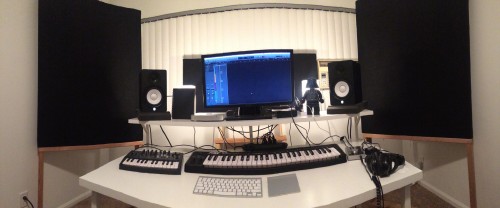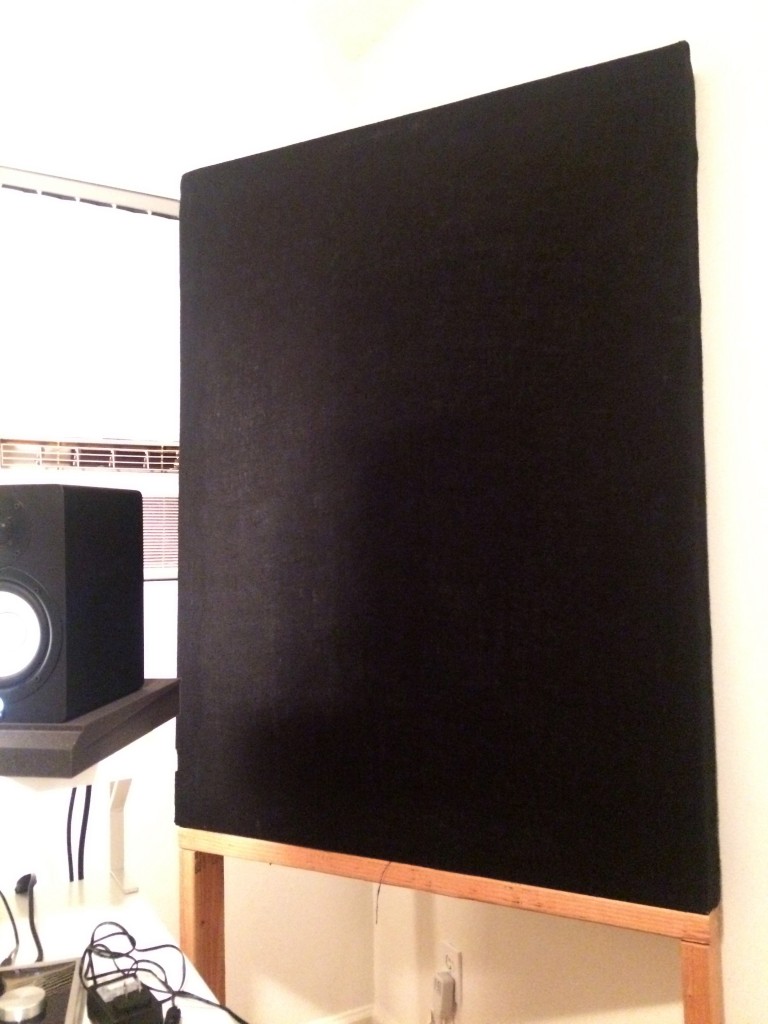
Graduated / Home Studios
We have officially graduated! Our thesis recording session at The Bridge went very smoothly, the musicians are no doubt the best I’ve ever heard.
We owe a lot of thanks to Eimear Noone, who led the orchestra in conducting, and always had great suggestions to help make the most out of our time there. Another round of applause is owed to John Rodd, who engineered and later mixed our sessions at his studio. A few students have found work directly after the semester, and some are continuing their internships. I have yet to find a full time position, but am applying to all opportunities that come my way while continuing my internship. You can take a listen to a few of our sessions below:
Jared Martin’s session from the booth:
— MusicComp MFA (@MusicCompMFA) June 24, 2015
Having just moved into a permanent apartment in LA, I have finally gotten my home studio back up and running. As I always like to make upgrades every year or so, I am planning to install a few more sound panels, and move my speakers onto stands, which will free up room to add another screen. Speaking of extra screens, if you have an iPad handy, look into the Duet Display app, great to throw a video on while composing. You can never have too many screens!
The panels (insulation packed into a wooden frame covered in burlap), or sound absorbers, are great to control flutter, standing waves, and low end build up. When compared to foam, they absorb much more low end, while still controlling the high end as well. This is very useful especially in a small room. Although great speakers can help create a well mixed cue, setting up a treated listening environment is usually more important. These are usually placed in the front, sides, and if possible above the listener. Sound diffusion is great to have behind the listener, if you have a bookshelf handy, this is the perfect place to put it. This redirects the sound waves randomly, in turn making echoes less noticeable. It’s amazing what a few changes to your studio can do. Remember to experiment with the placement of the listening environment and panels, don’t be afraid to keep moving things around until it sounds the most balanced, as every room is different!
Our Trip to Home Depot, enough wood for 11 sound panels!
— MusicComp MFA (@MusicCompMFA) July 6, 2015


